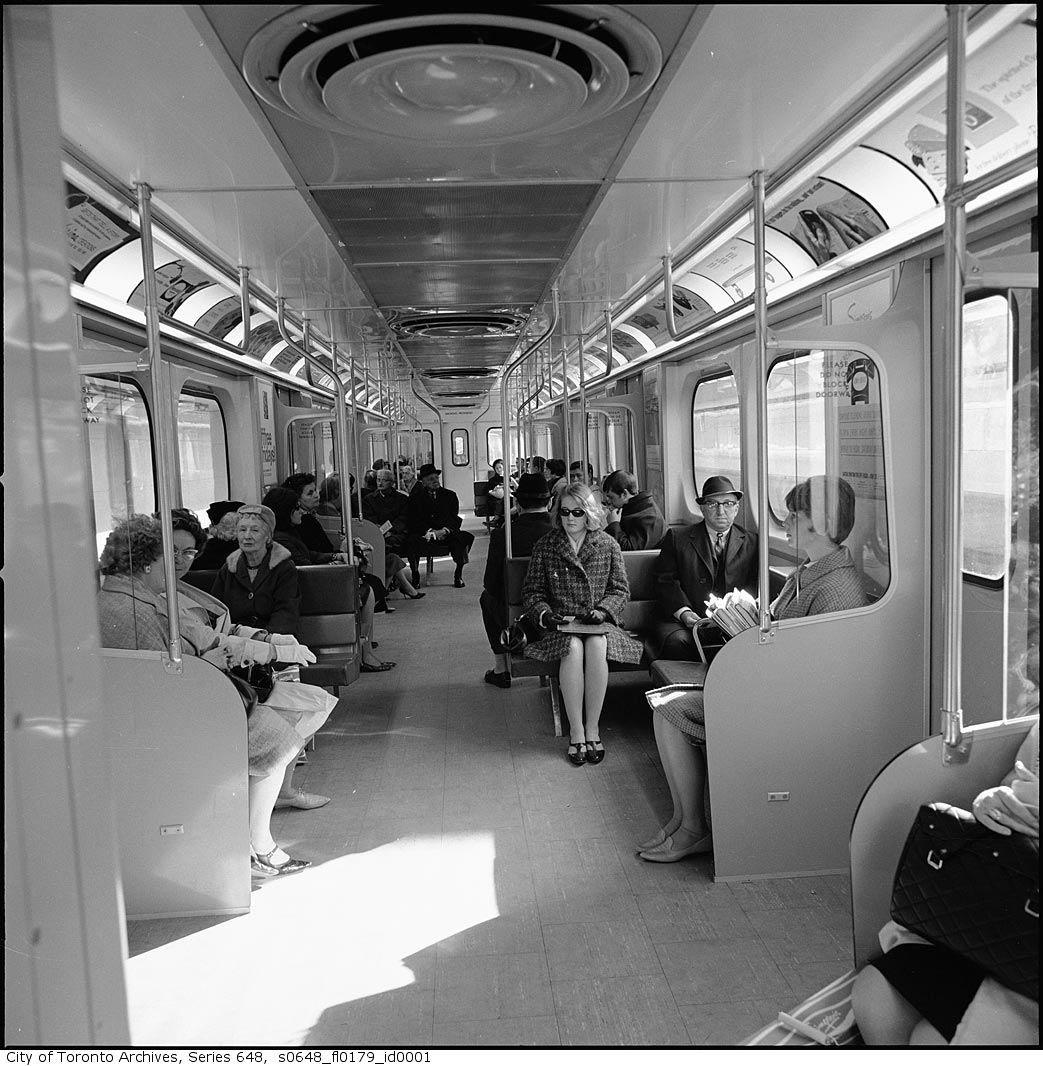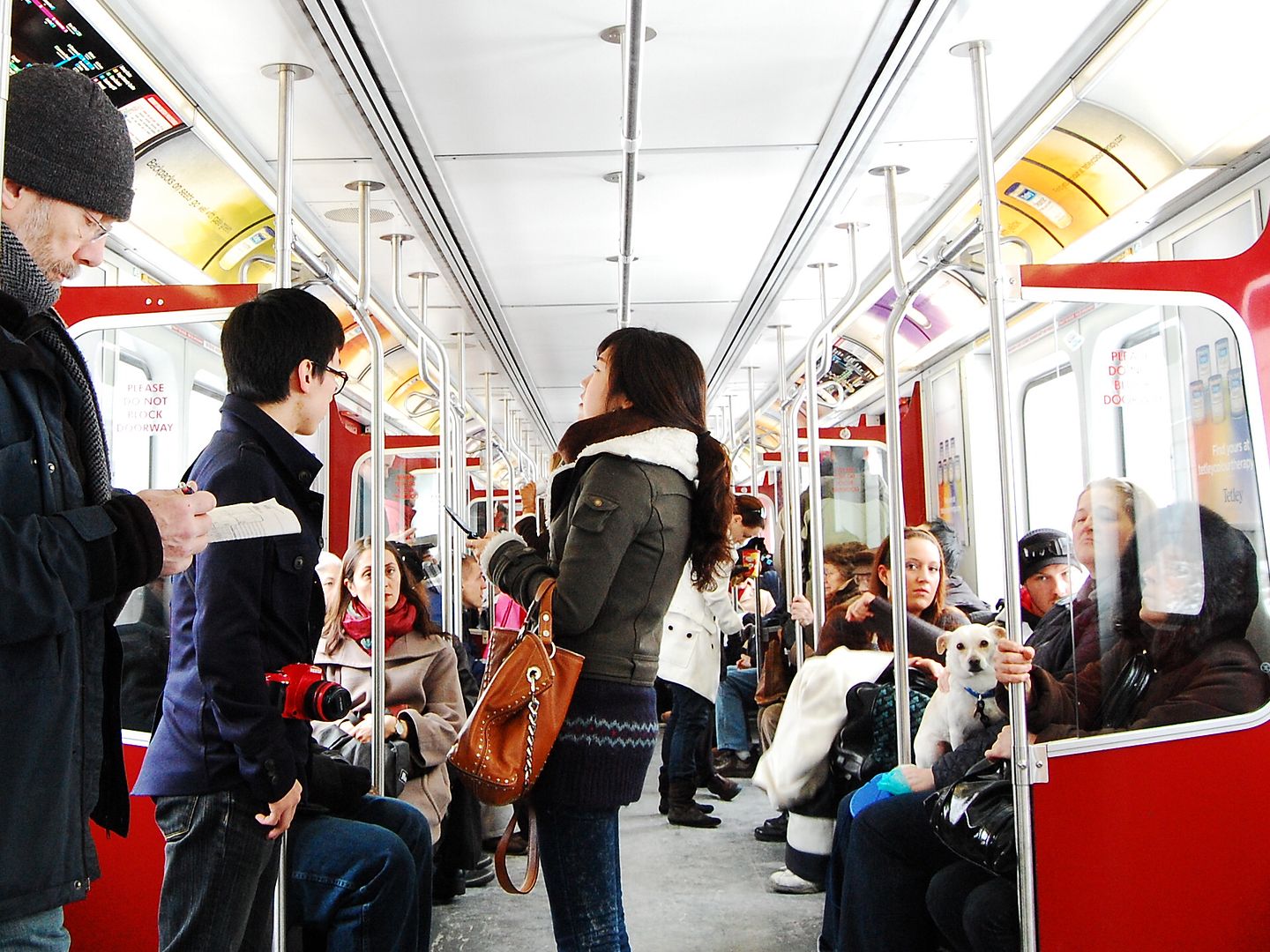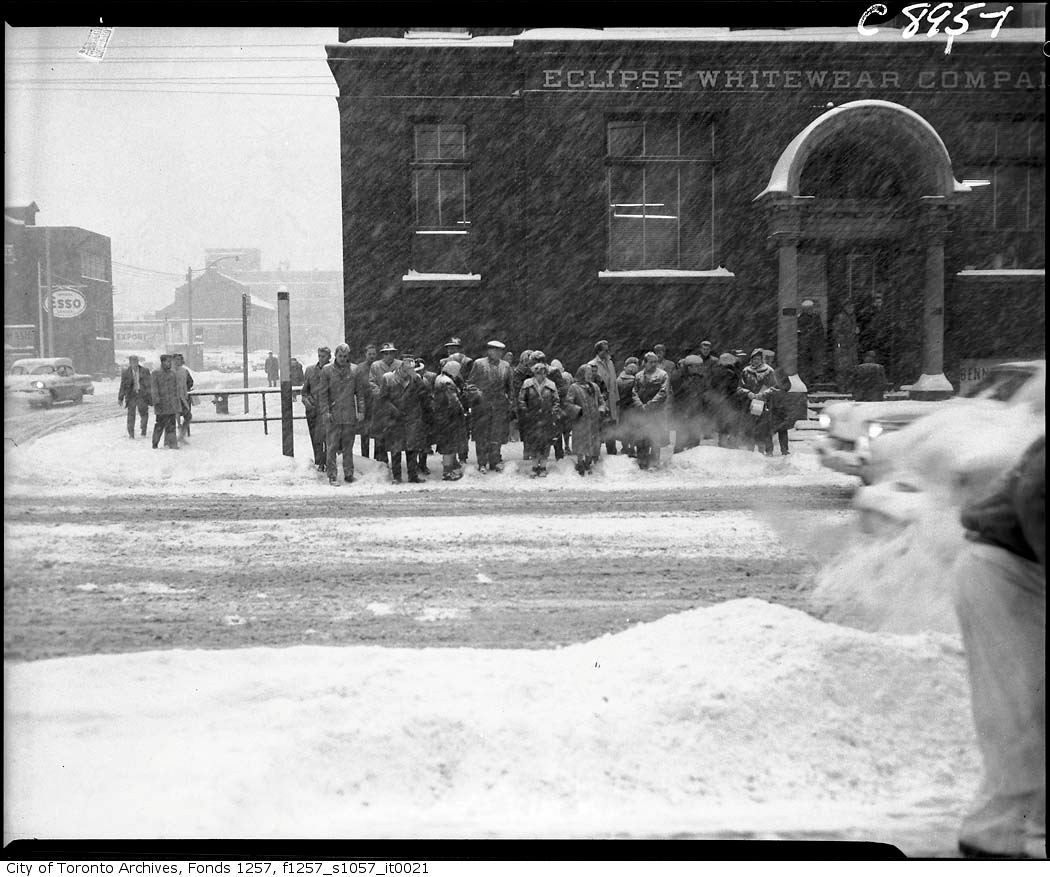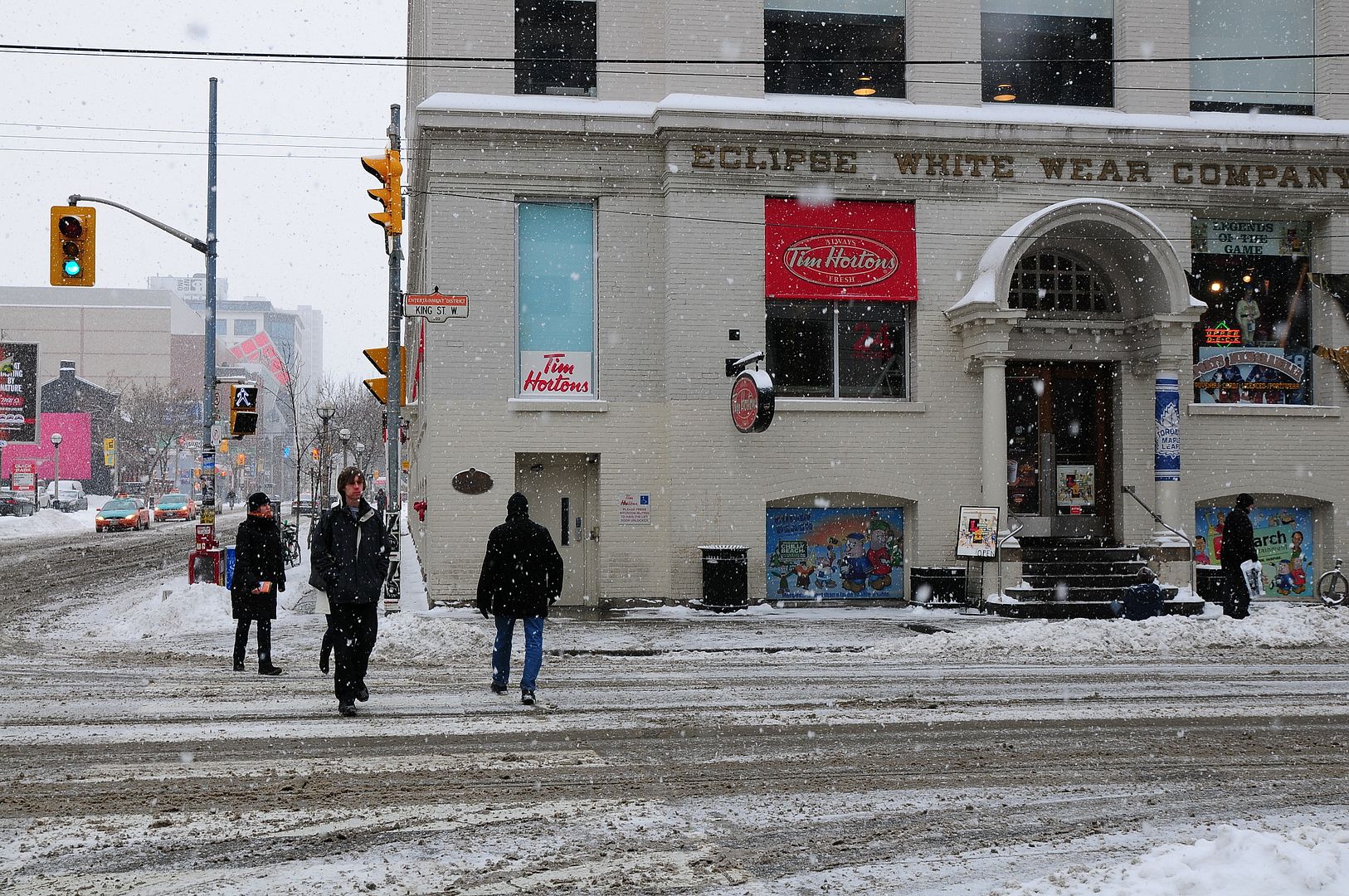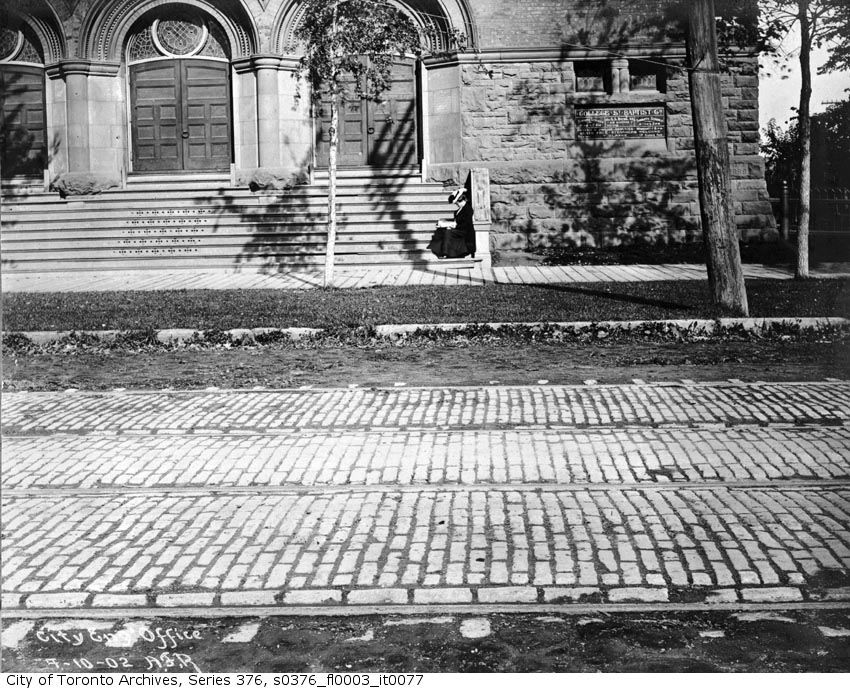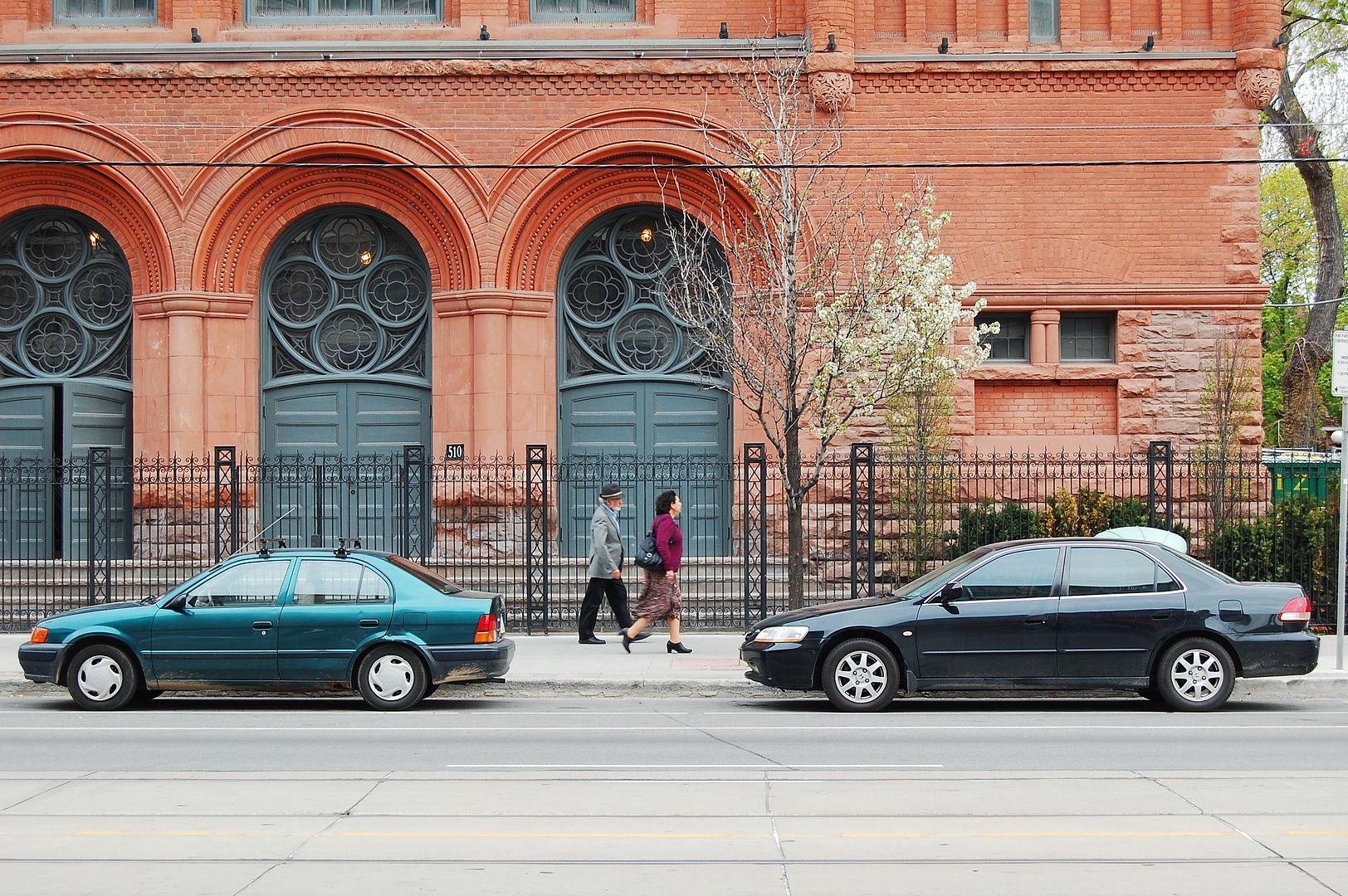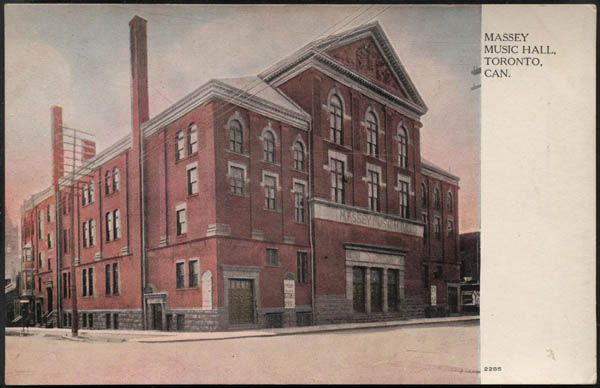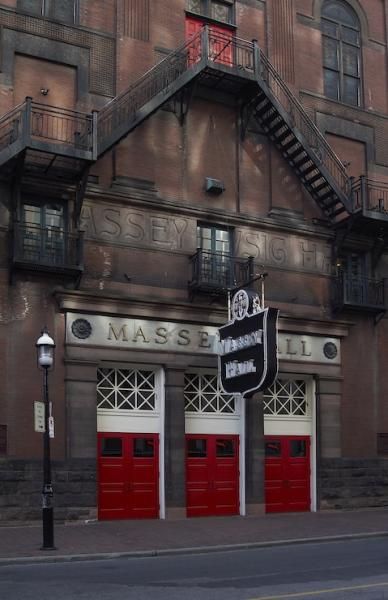"The soft shoulder is overrated and often a mistake. It actually looks poorly on 82% of men. We just don't know it. Or don't acknowledge it.
Because of its iconic status, many are tempted to try it, becoming covetous and desirous of an ever softer and rounder silhouette. This is natural given a bespoke aficionado's natural curious and adventurous bent. The problem is that most continue with it, adopt it unquestioningly and wear it exclusively.
However, once the curiosity is sated, it should be equally expected that a bespeaker be forthright and clear eyed when he faces his reflection in the mirror. And then be honest.
Friends, the soft shoulder is probably not for you.
Is it time to reassess the soft shoulder?
The soft shoulder can look childish, almost prepubescent. Round and not yet formed. Or elderly.
Self effacing, tentative, uncertain as if the wearer wished to melt in the background with a surfeit of modesty, apologetic.
It does sloped shoulders no favor. Nor bullish torsos. So few can wear it. Or should.
The soft shoulder is slovenly for a suit. It is not serious. It is not elegant. It is not meant for a suit.
Remember, in Napoli, the ancestral home of the soft shoulder, the elegant Neapolitan prefers a squared shoulder for his formal suits and this is what you will see in Naples. The rounded, soft shoulder is saved for daytime Summer wear and sports jackets. It perfectly suits the torrid Mediterranean climate there and frivolous, delightful pursuits. This is where it should stay.
And Scholte's silhouette, a military inspiration, was originally a decidedly masculine coat: slightly extended shoulders, swelled chest, nipped waist: meant to be a forceful, powerful silhouette. Not round and limp, flaccid, as often interpreted today. A Scholte shoulder did not shirk its duty of presenting the warrior with a formidable silhouette.
The soft shoulder, as tailored today, is often a gross exaggeration, a complement to the overstuffed shoulder, it bathes its wearer in roundness, a surfeit of cloth, both the antithesis of sprezzatura as both are sartorial conceits, each guilty of self consciousness though at opposite extremes. Indeed, I would call them a fashion, though a fashion followed by the bespoke crowd.
No, what is needed is a hard headed assessment of what looks good on each of us. As much as we may want to wear a particular silhouette, we just may not be able to. Face it manfully.
Friends, the squared shoulder is forceful, elegant and formal. The soft shoulder is not. The numerous photos of unfortunate round shouldered besuited men, otherwise beautifully dressed in the finest cloth, who I see pictured time and time again can be simply corrected if they looked at their reflections critically. We need openness and a willingness to accept, at least consider, that the squared shoulder coat may well be more suitable and attractive.
Yet the soft shoulder can be artful, louche, degage, the perfect silhouette. Who should wear it? And when?
It must be worn in its appropriate environment, with suitable intent and attitude, with proper cloth and in its proper context where elegance is not demanded but rather play contemplated, and casual insouciance called for. At such times, I put on a soft shoulder coat regardless that it is not the best looking silhouette on me. But it fits my mood of relaxation and casual pursuits and so, is the right choice. I view the soft shoulder as decidedly casual. To be chosen and preferred for sports coats alone.
But if I have something serious to talk about, with serious, dour, gray men, I'll put on a suit and I'll reach for a square shoulder suit every time. Or indeed, apart from business, even if a sports coat, if I want to feel sharp, elegant and indeed, well dressed, well, it must again be the squared shoulder. In contrast, the soft shoulder is weak, indeed, soft. While the squared shoulder is sharp, exudes, and indeed, instills confidence. It has a forceful, vital, masculine, rather than retiring, demeanour.
I know that the last thing many of you may want is an aggressive shoulder but this is a misperception. I know that putting on a square shoulder after you have become used to a round shoulder may be a shock. It may appear too aggressive, too noticeable. You may feel that it shouts. You may think that it does not reflect your personality, who you perceive yourself to be or your values of traditional, understated conservatism. You may be wrong.
And truth be told, the soft shoulder has become mythic, the object of endless discussion and desire. while the squared shoulder has received short shrift. How unfortunate.
Why is this? Why is it so difficult to cross the street from A&S to Huntsman? Figuratively. Both silhouettes have a long, venerable heritage, both are traditional and conservative, both have found favor among the best dressed men. The difference?: the square shoulder will probably look much better on you though it certainly may take a gigantic leap to even consider the possibility.
Certainly, the square shoulder certainly looks better on me than a soft, round shoulder. I know that. And though I would rather be at play than work, well, the squared shoulder suit is the more serious, elegant choice when that is called for. I'll save the soft shoulder for Via Filangieri and not Fatebenefratelli; it does not travel well to the city. Soft is a bit too rustic. Leave the round, soft coat to float lightly over the Bay of Naples like a dream while you enjoy a spritz. Each silhouette has its place and time.
Ofcourse, I most often want to dress casually. Who wants to dress sharply and at his best all the time? Or look his best? Or even to try? At these times, I'll reach for my softest, roundest, most comfortable sports coat. I wear it for me. I wear it to relax. But I don't confuse it for looking great on me. It doesn't. But it feels good and it satisfies me.
Who said that bespoke should look good? Certainly not the self-satisfied, soft shouldered warriors. But they have the privilege of looking any which way they please. Isn't it enough that it is their bespoke, unique creation? Yes, good, bad or indifferent."
http://www.thelondonlounge.net/forum/viewtopic.php?f=4&t=9857





